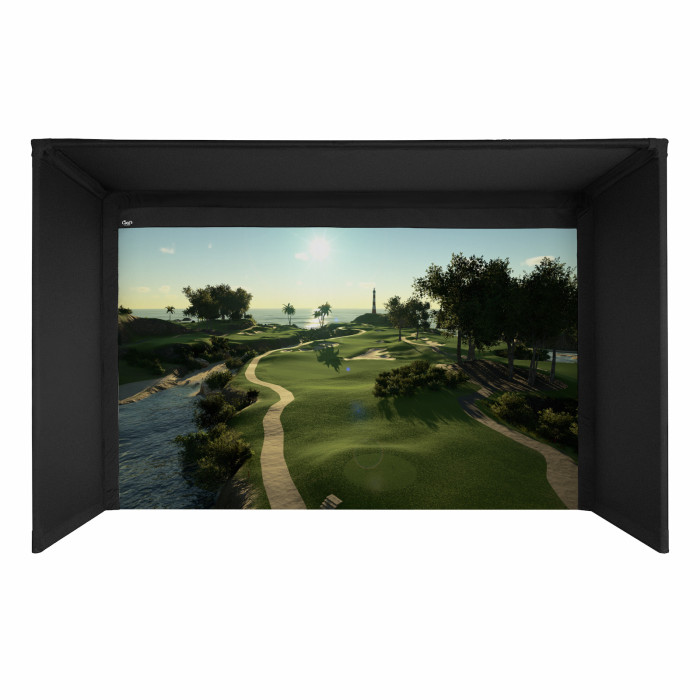Cable Management for Golf Simulators: A Professional's Guide to Clean Installation
When I first started installing golf simulators, my cable management was, well, let's just say it wasn't pretty. Picture this: a tangled mess of wires that looked more like a bowl of spaghetti than a professional setup. After years of trial and error (and more than a few tripping hazards), I've finally mastered the art of clean, efficient cable management.
Planning Your Cable Layout

The secret to perfect cable management starts long before you run your first wire. I've learned that spending an extra hour planning can save you days of frustration later. In my first installation, I rushed right in and ended up having to redo everything twice! Now, I always create a detailed wiring diagram that maps out every connection.
Your typical golf simulator setup will include cables for your launch monitor, projector, computer, impact screen, and often additional accessories like speakers or lighting. Each of these components needs power, and many require data connections too. I like to group these into three categories: power cables, data cables, and audio/video cables. Keep these separated – it's not just about looks, it's about preventing signal interference.
Essential Cable Management Tools and Materials
Through countless installations, I've built up quite the arsenal of cable management tools. You'll need more than just zip ties (though you'll want plenty of those too!). Cable raceways have become my best friend – they're like little highways for your wires that mount directly to your walls or ceiling. I prefer the paintable kind, so they blend seamlessly with your room's décor.
I also swear by velcro cable ties rather than plastic zip ties for bundles that might need occasional access. Trust me on this one – you'll appreciate this choice the first time you need to add or replace a cable. Cable sleeves, wall plates, and properly sized conduit are also must-haves in my installation toolkit.
Strategic Cable Routing Techniques
Here's a pro tip I wish someone had told me years ago: always leave yourself some slack! I typically add about 10-15% extra length to each cable run. This gives you wiggle room for future adjustments and helps prevent strain on your connections. However, don't go overboard – too much excess cable can create storage headaches.
For ceiling-mounted projectors, I've developed a particular routing technique. I run all the cables through the ceiling mount itself, using a special mount with an internal cable channel. This creates a clean, professional look with no visible wires hanging down. For floor-based components like launch monitors, I often use floor cable covers that can withstand being stepped on repeatedly.
Avoiding Common Cable Management Mistakes
Let me save you from making the same mistakes I did. Never, ever run power cables parallel to data cables for long distances – this can cause interference with your launch monitor readings. I learned this one the hard way when a client's TrackMan started giving erratic readings. The culprit? Power cables running alongside the data cables for 20 feet.
Another rookie mistake is not labeling your cables. Now, I label both ends of every cable with waterproof labels. This might seem excessive until you need to troubleshoot an issue six months down the line. Trust me, future you will be grateful for this level of organization.

Maintenance and Troubleshooting
Even the best-managed cable system needs occasional maintenance. I recommend doing a quarterly check of all your connections and cable conditions. Look for any wear and tear, especially on cables that might move during play. I've started keeping a maintenance log for each installation, noting any issues or changes made.
Conclusion
Proper cable management isn't just about aesthetics – it's about creating a safe, professional, and reliable golf simulator setup that will serve you well for years to come. Remember, the goal is to create an environment where you can focus on your game without worrying about tripping over cables or dealing with technical issues.
